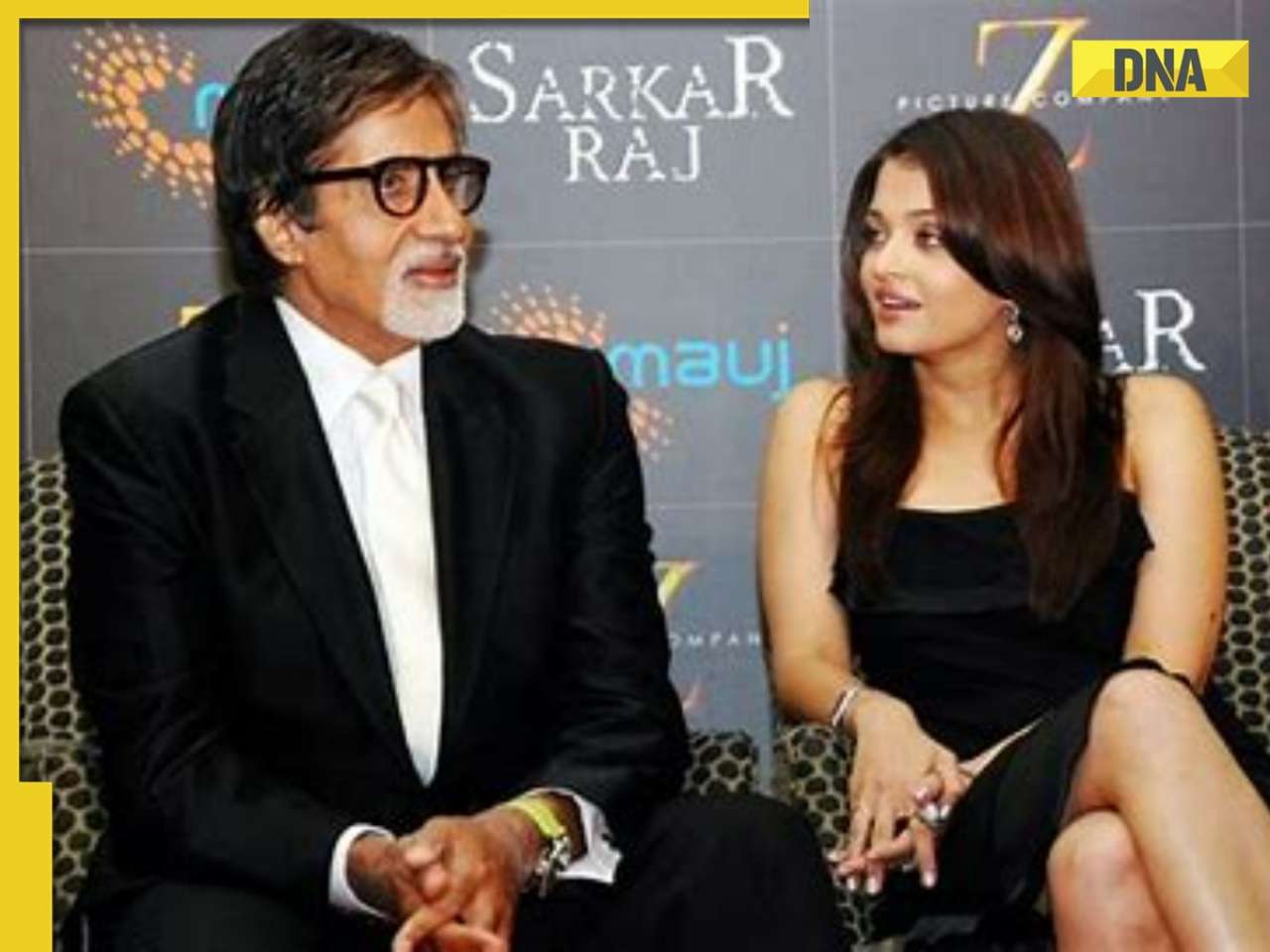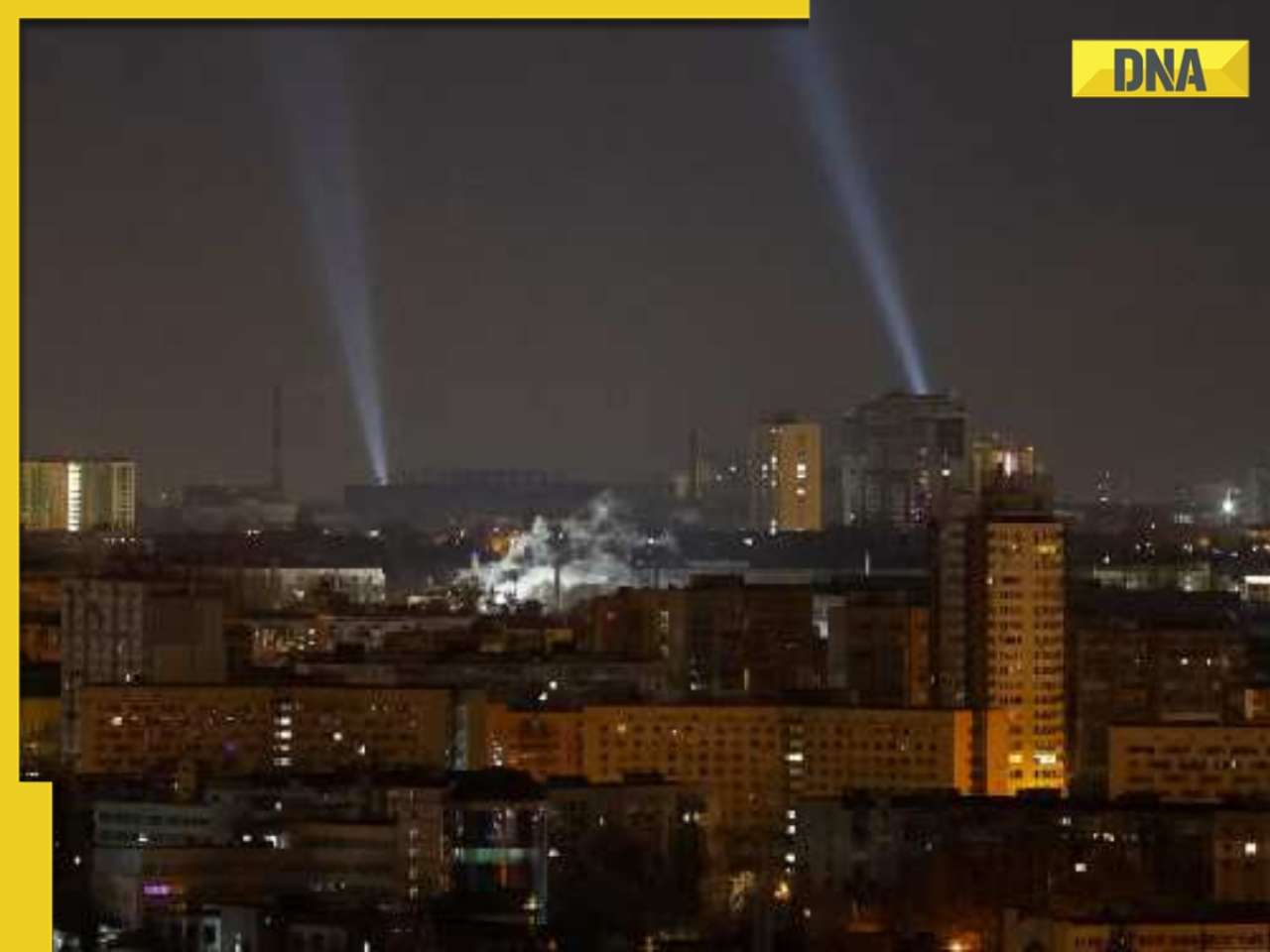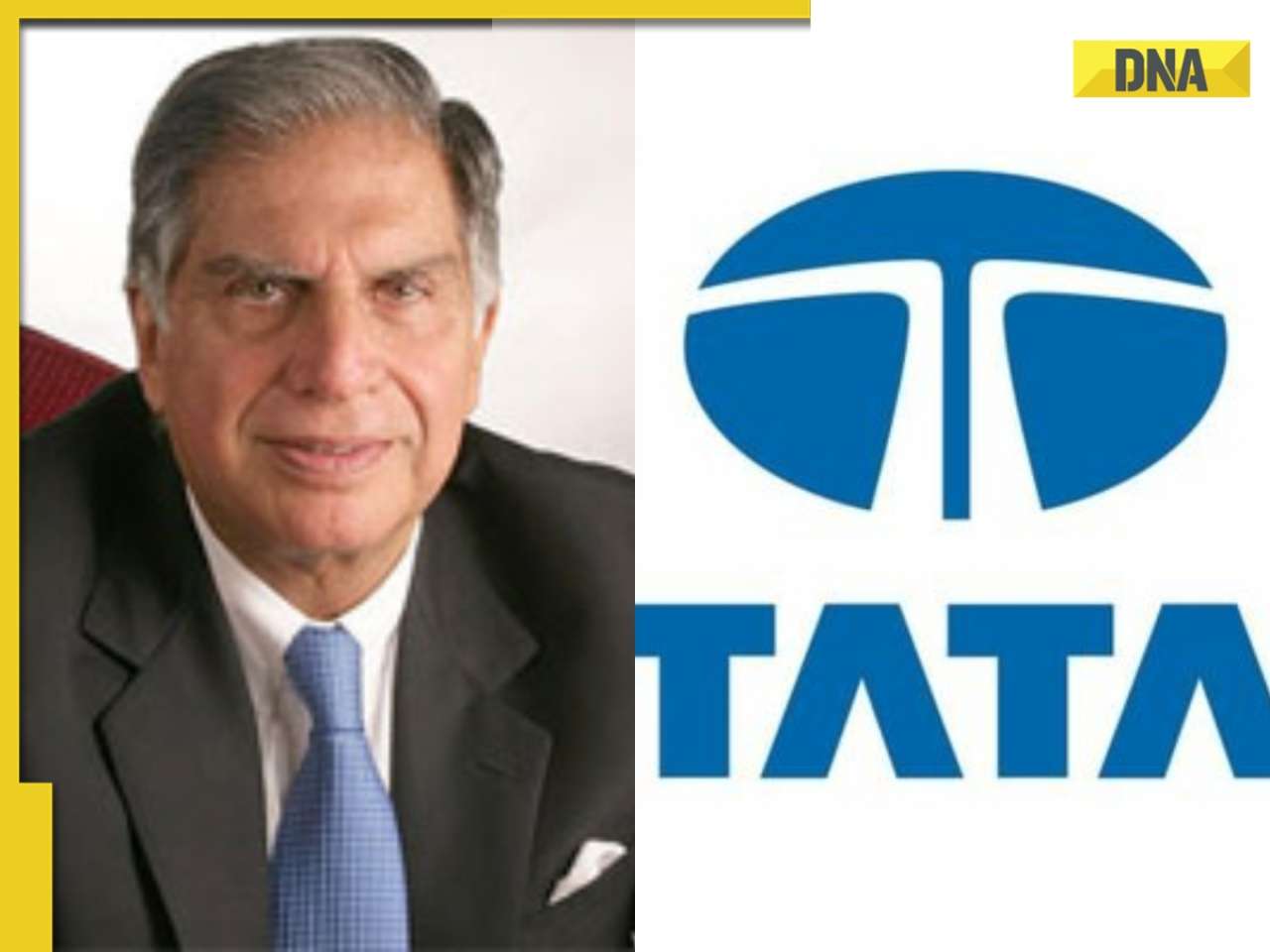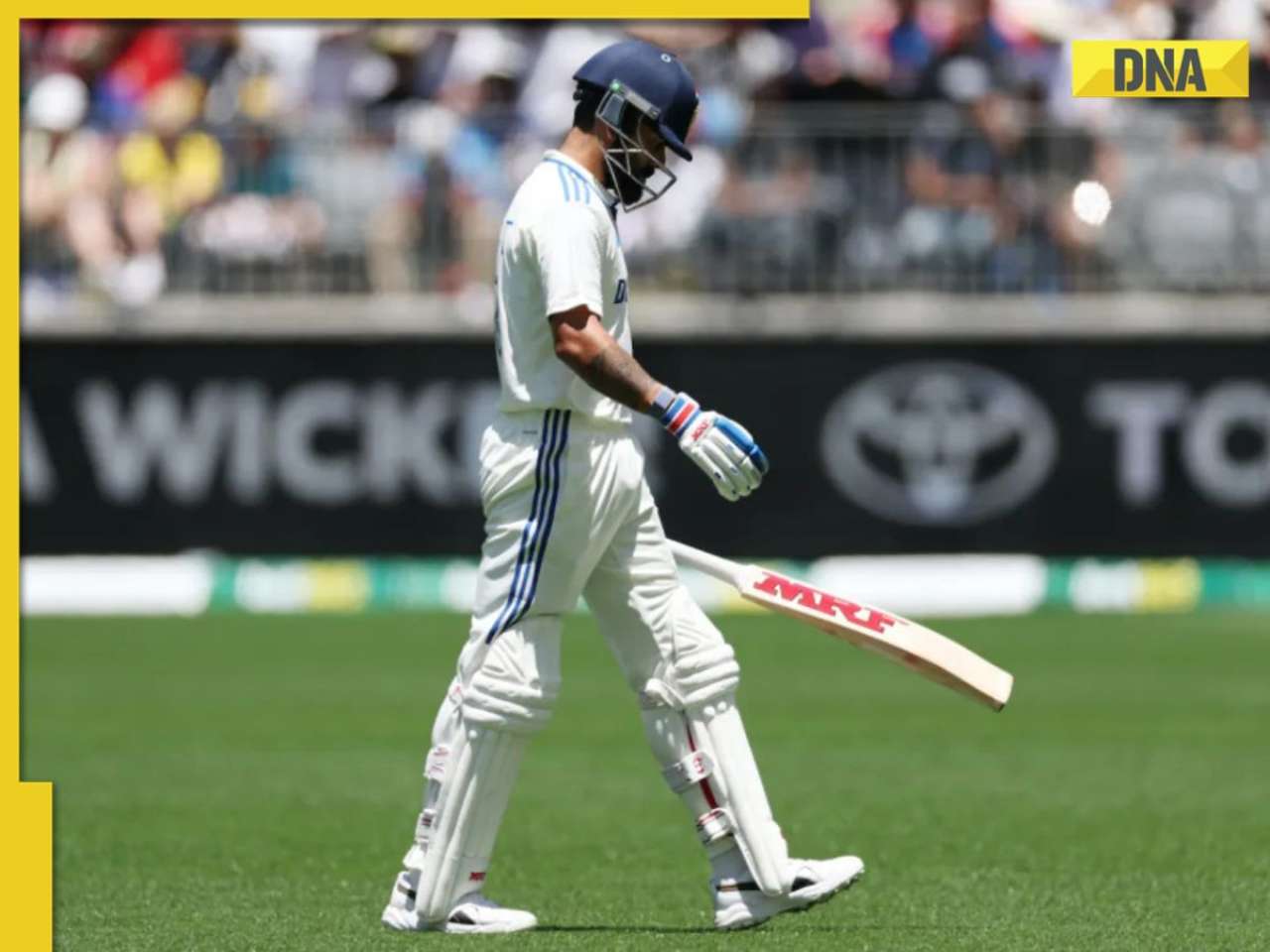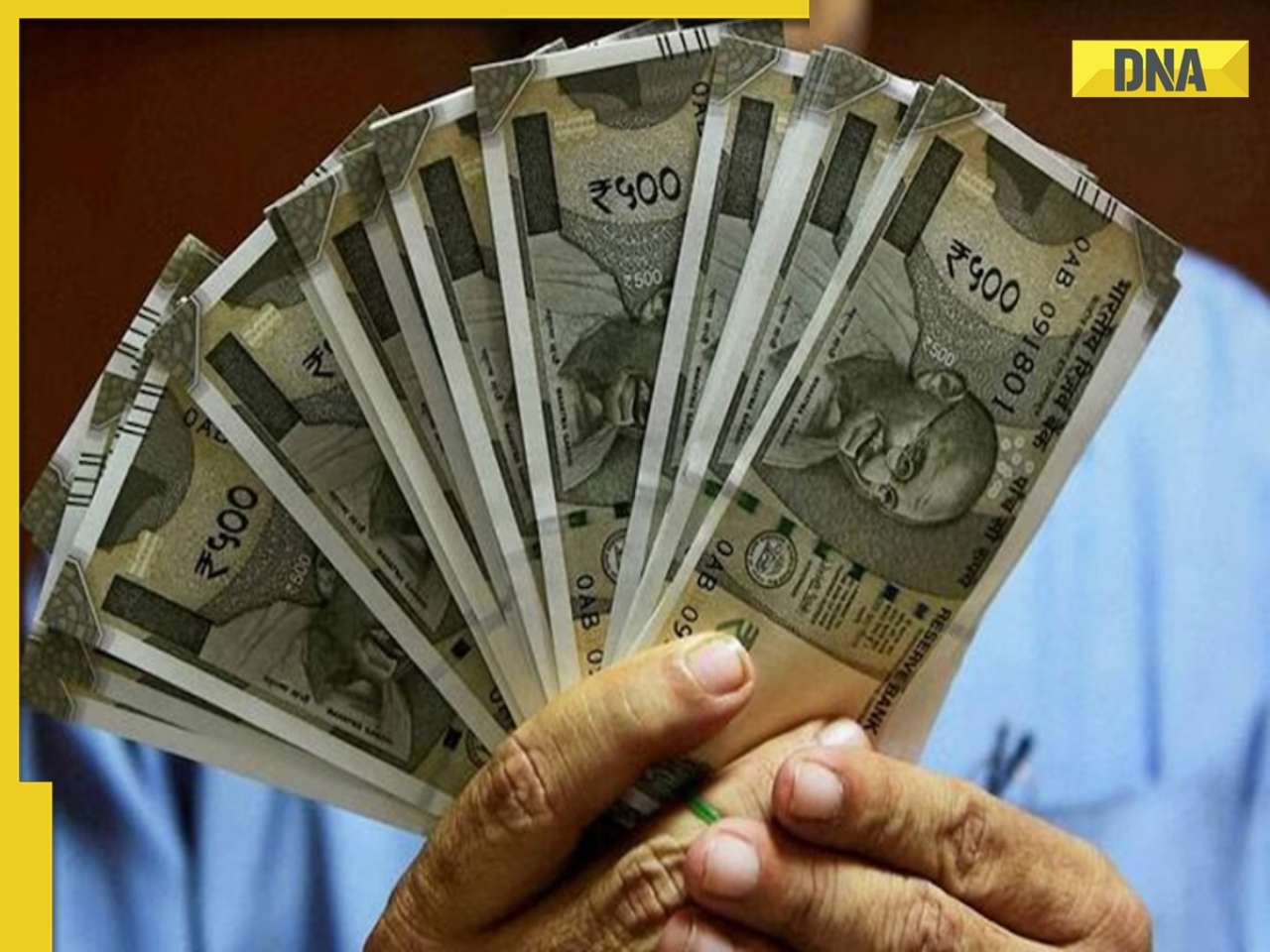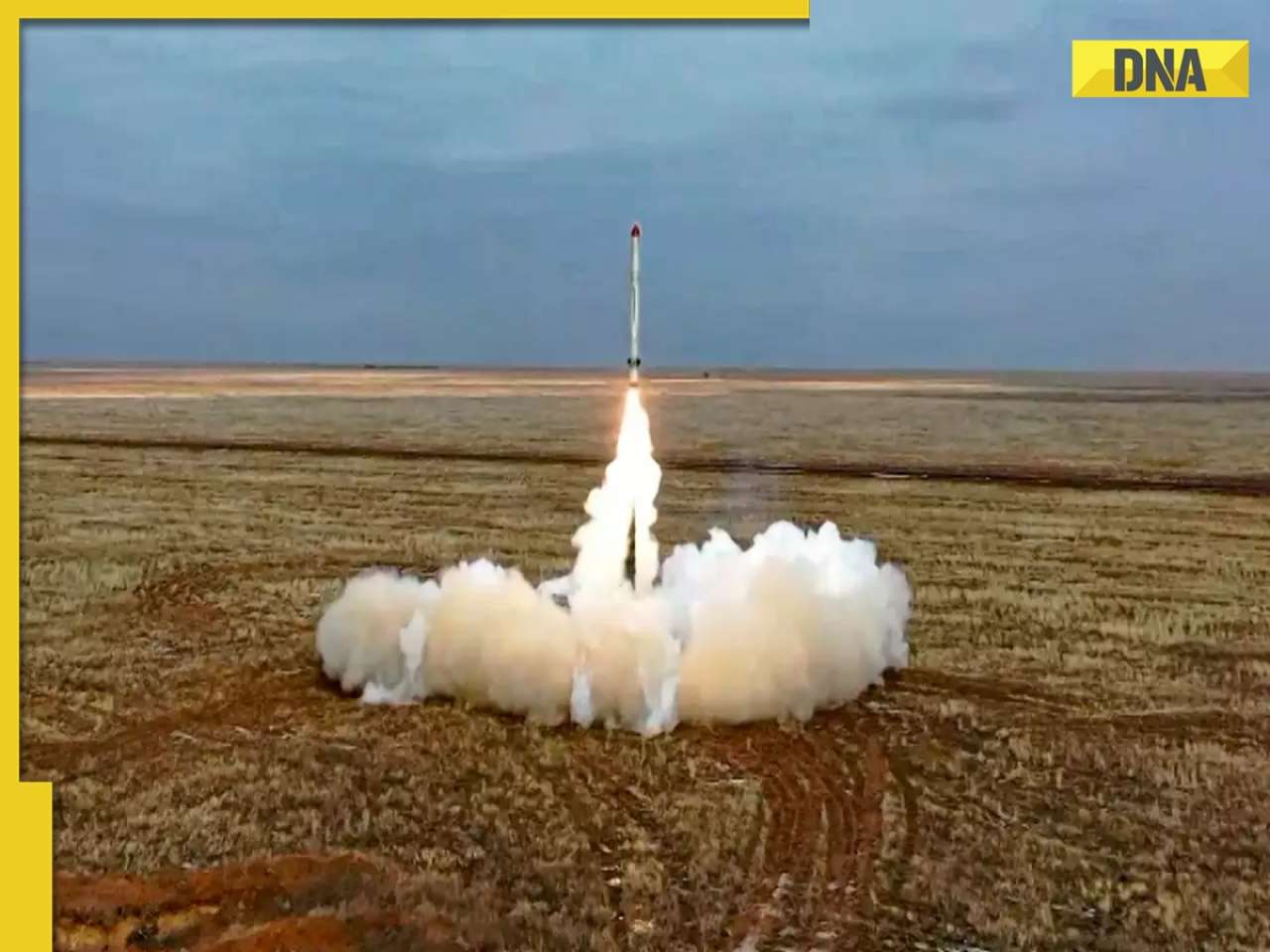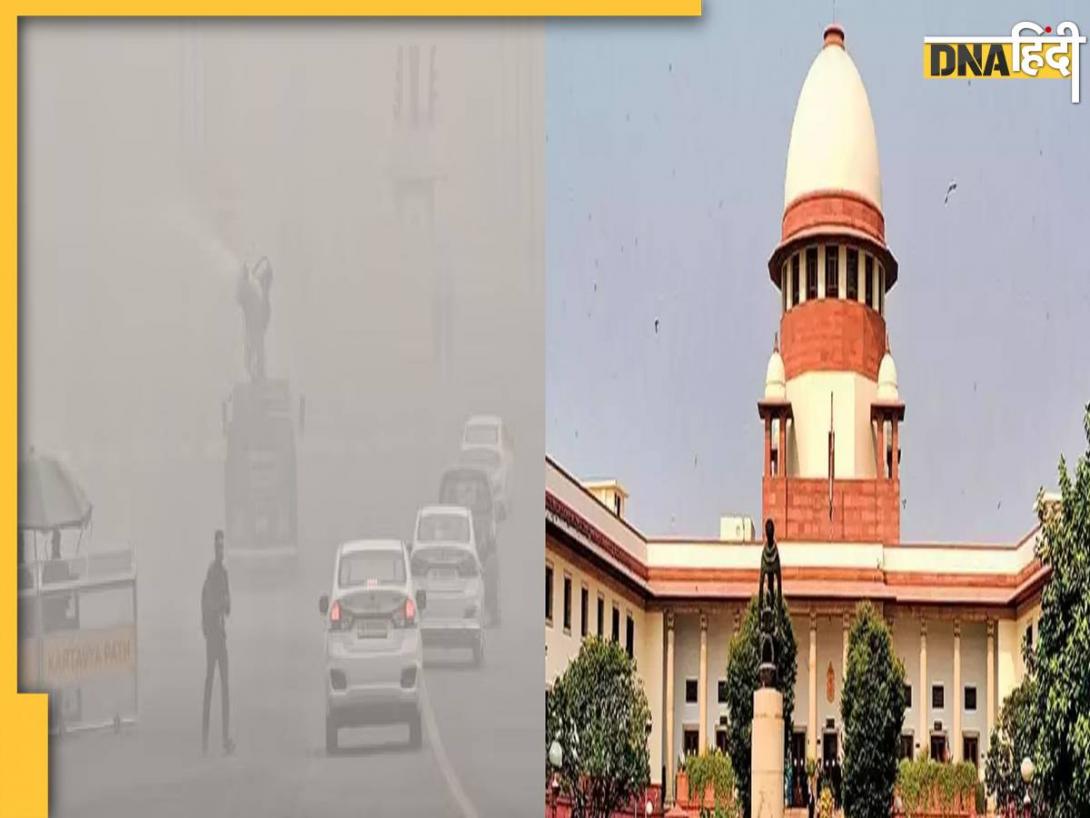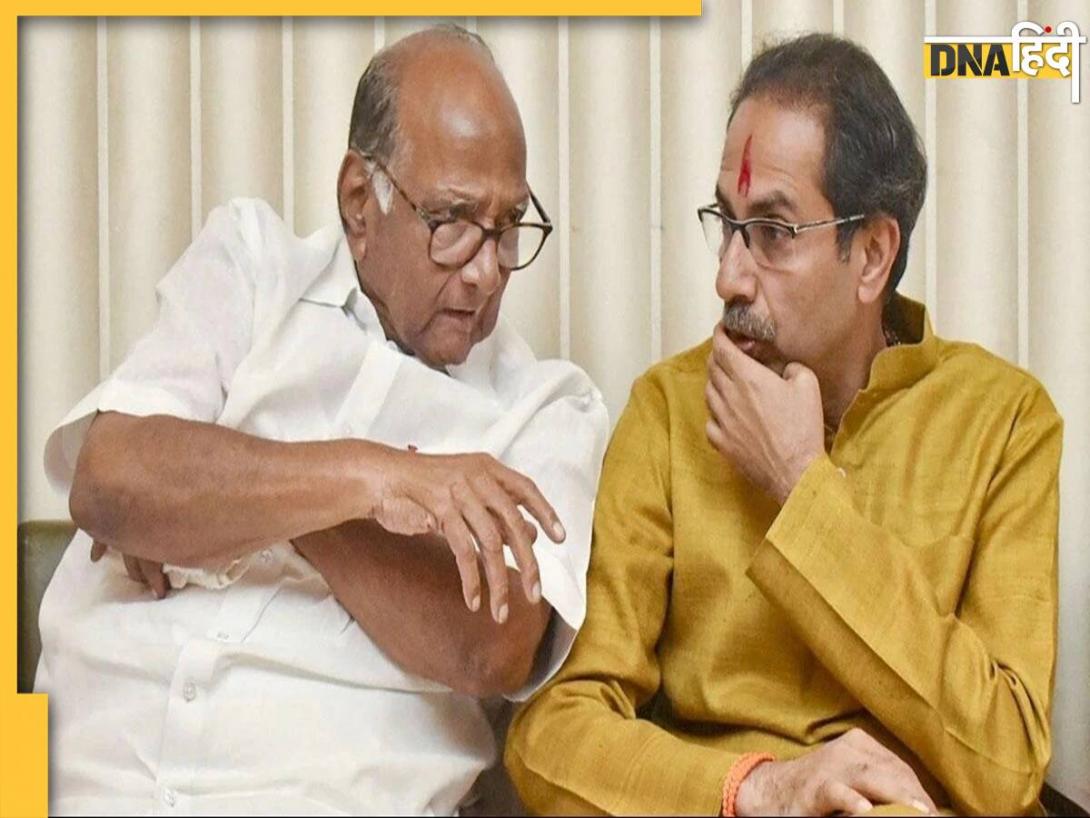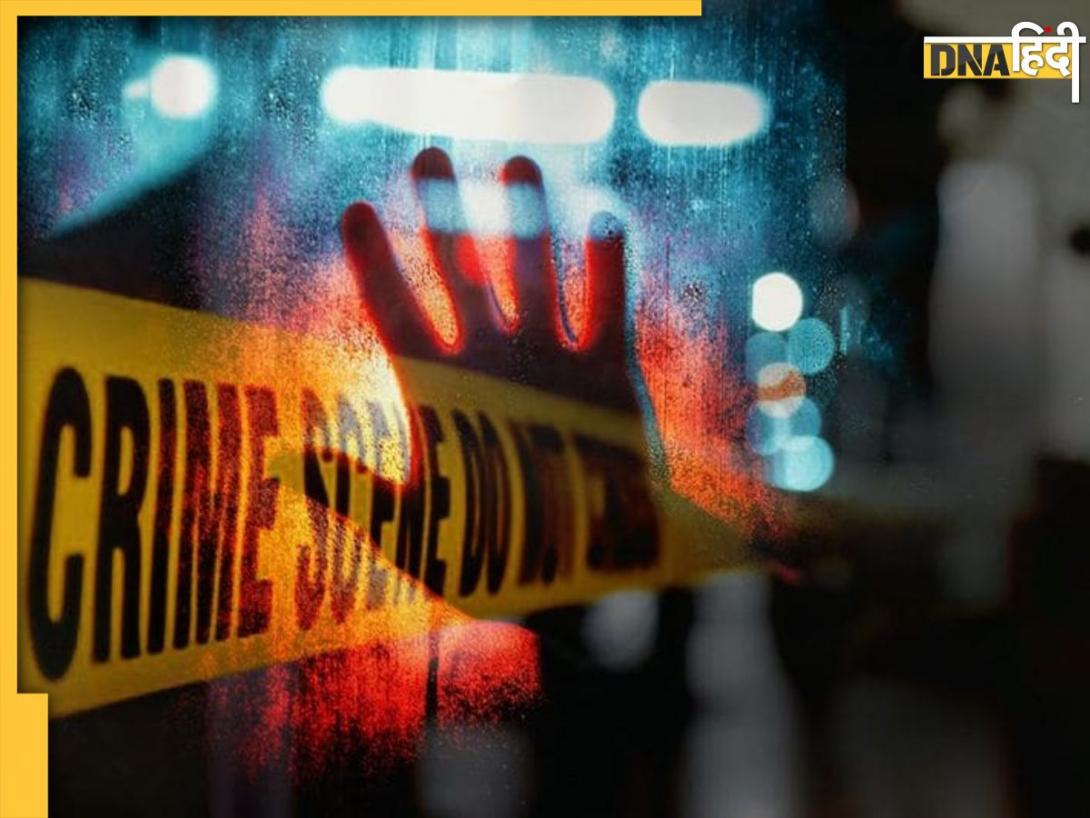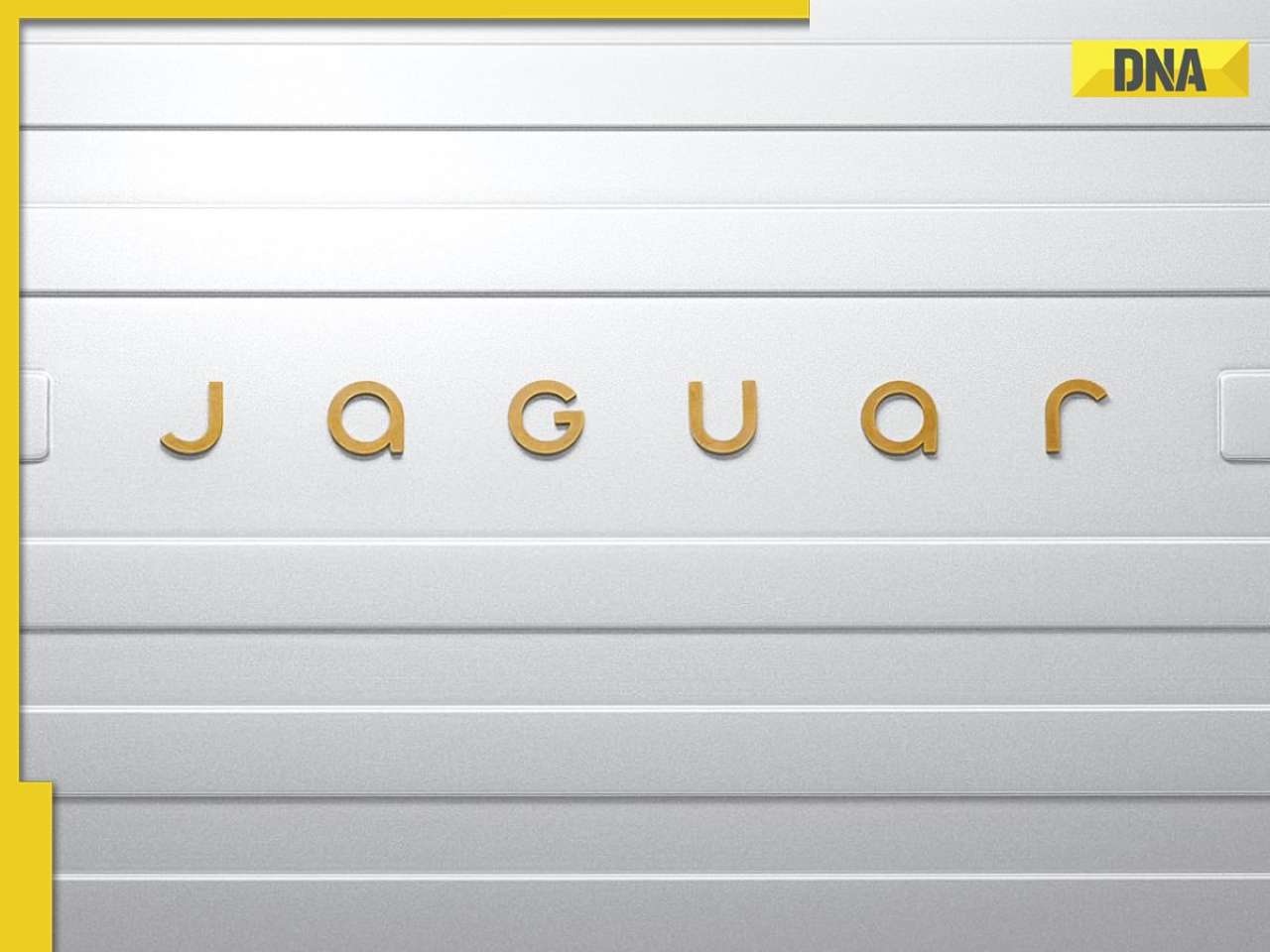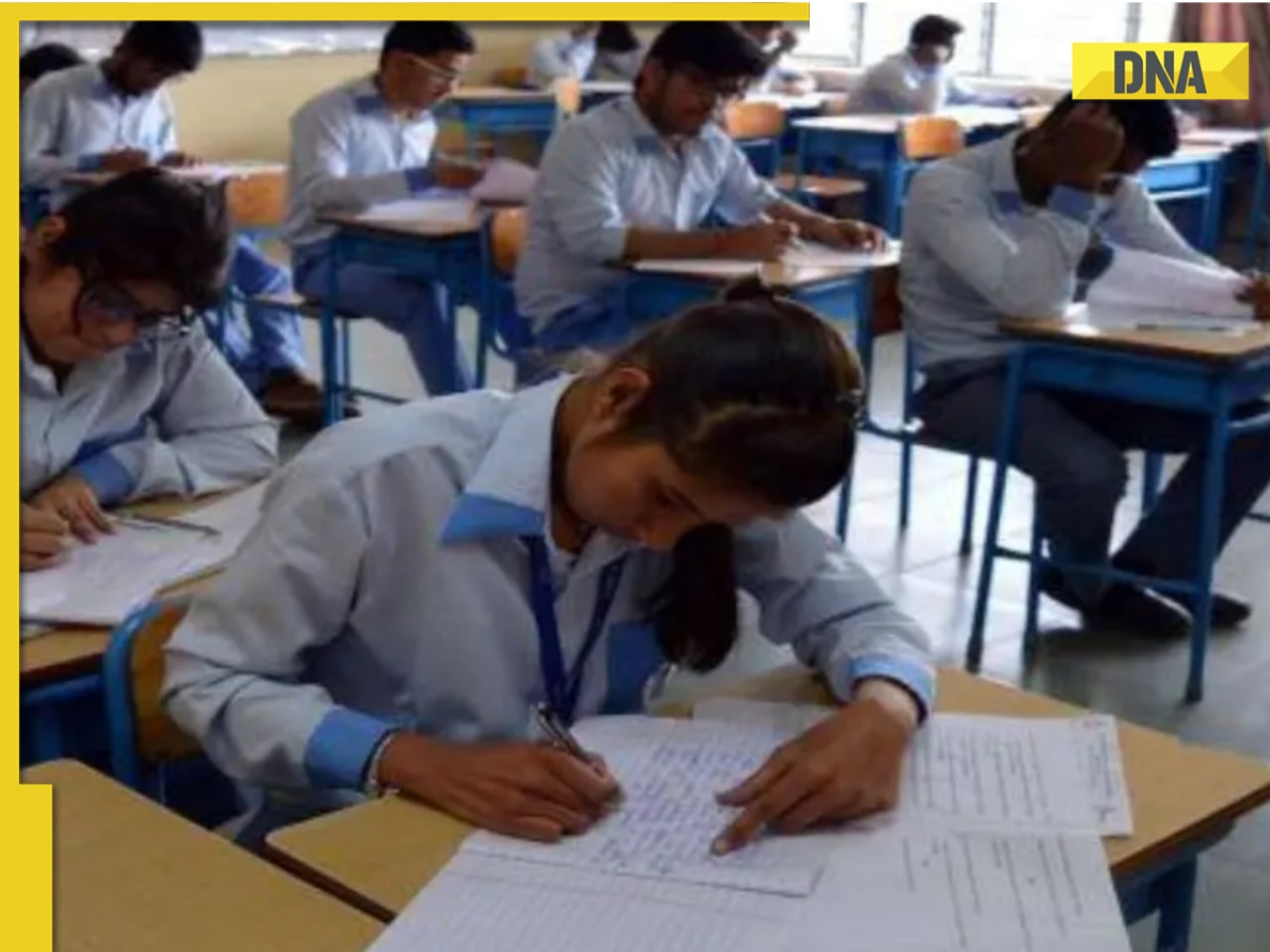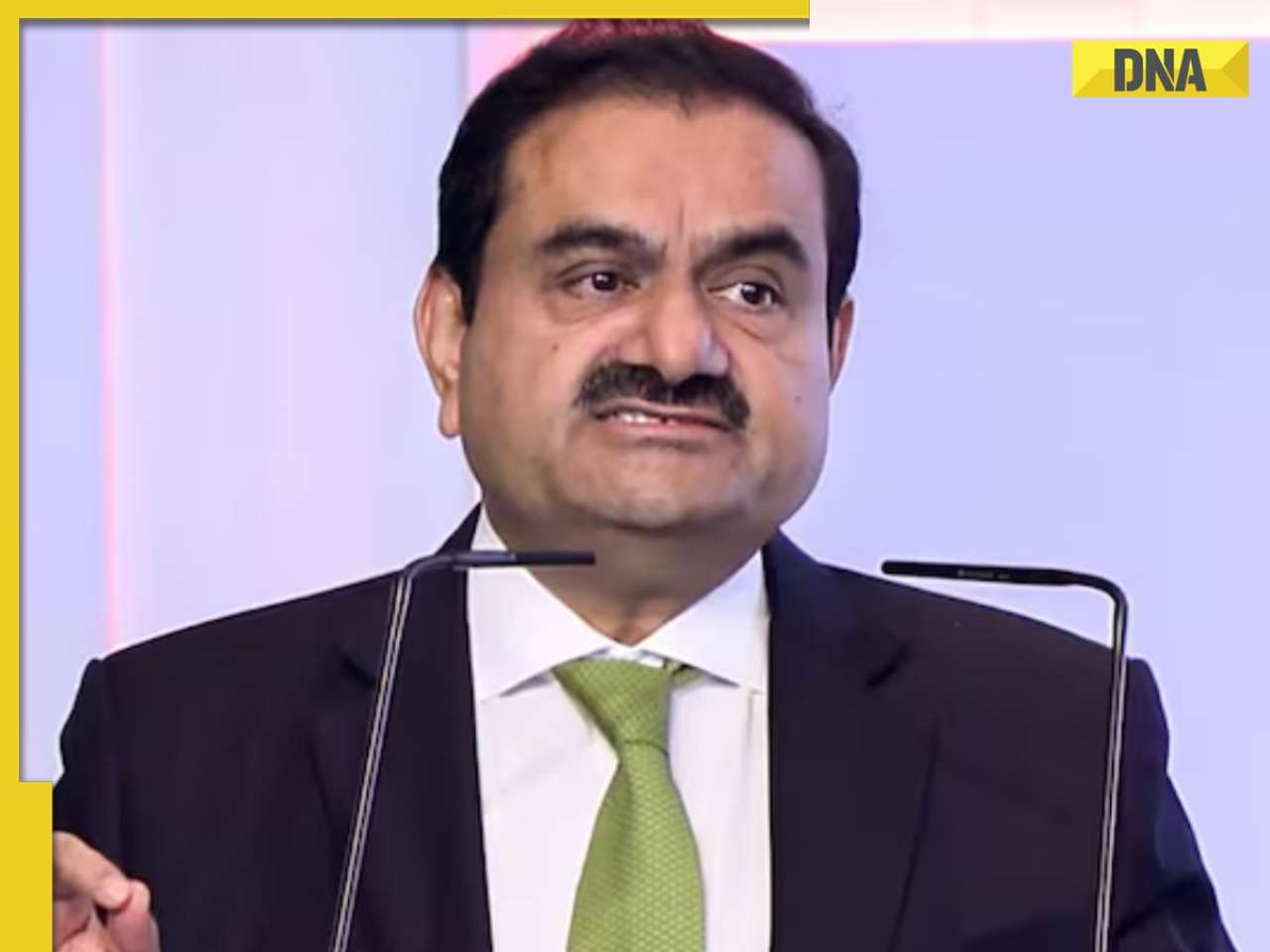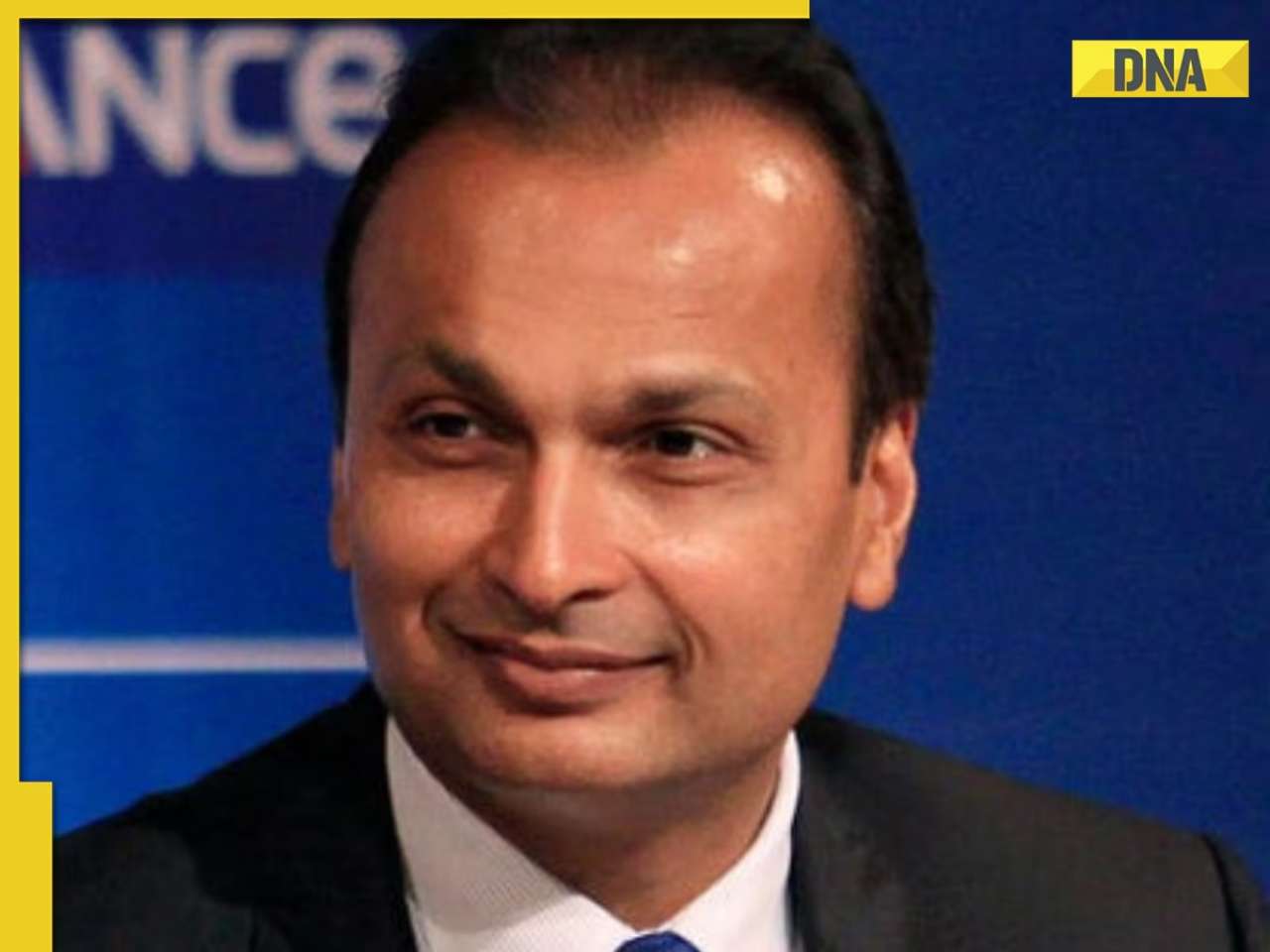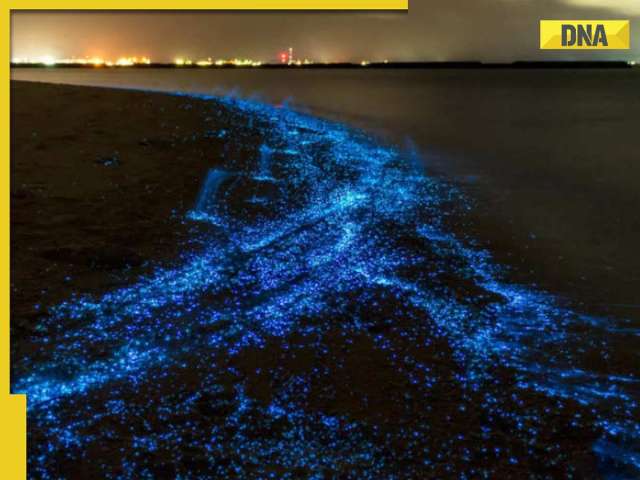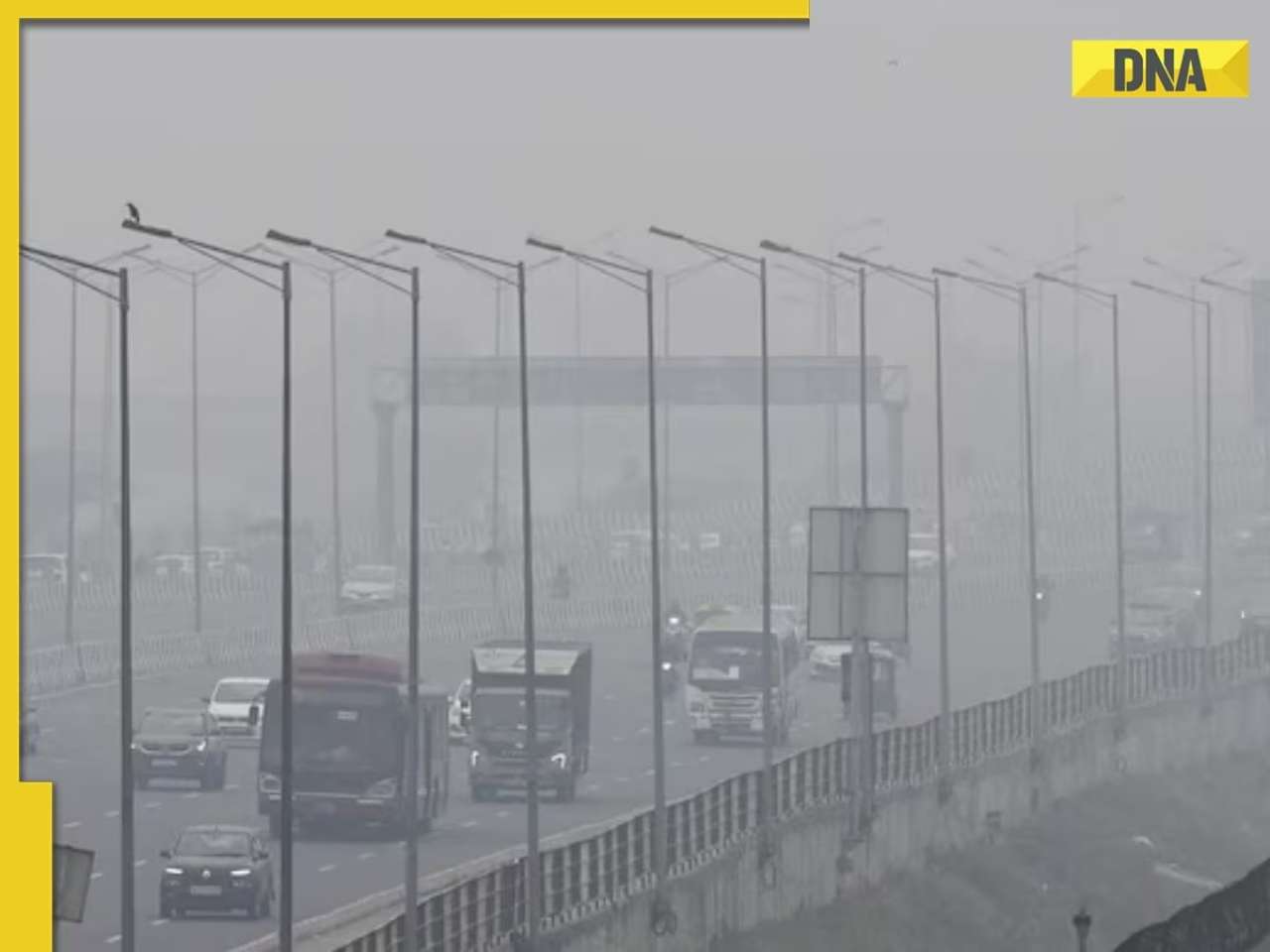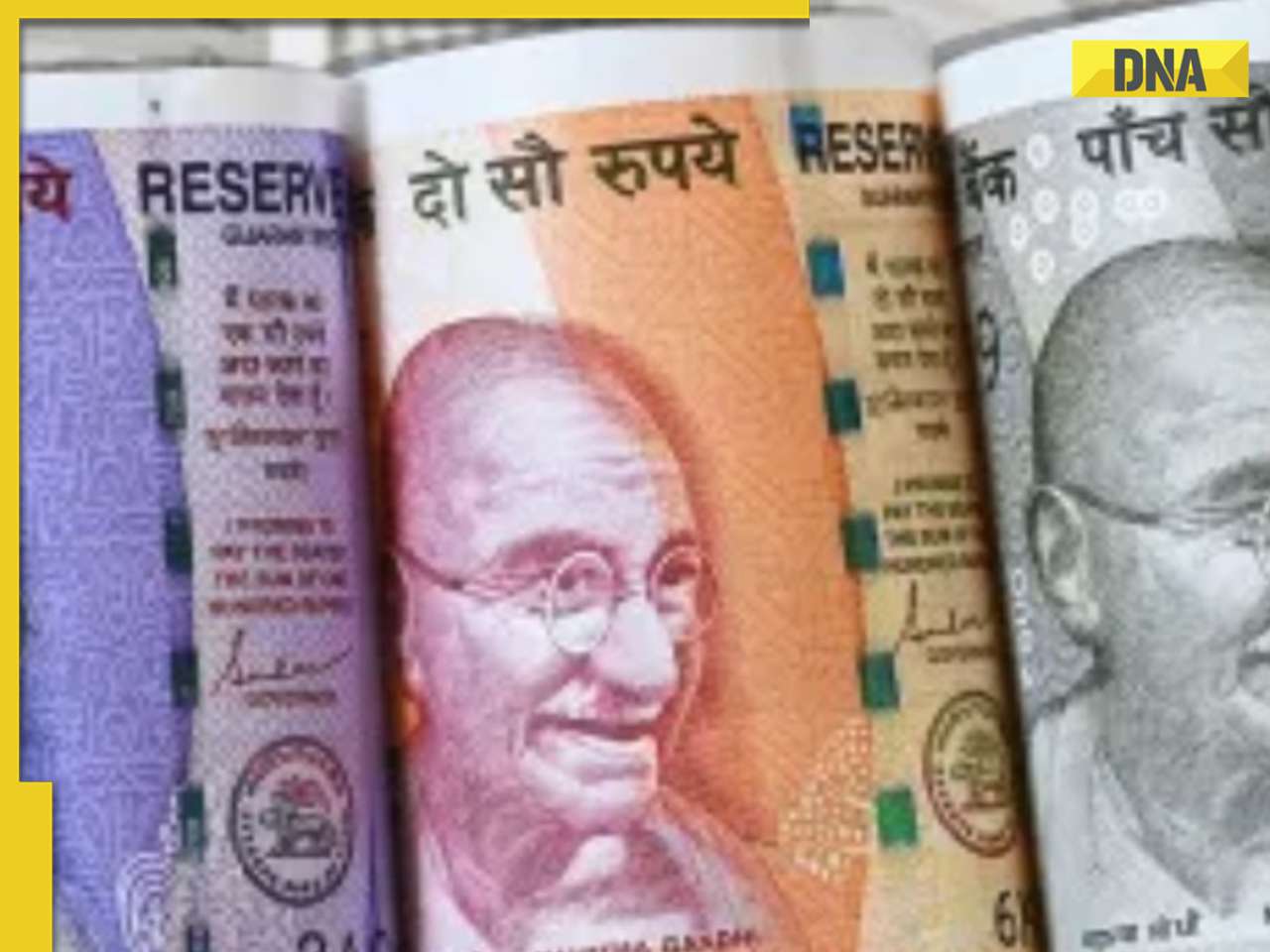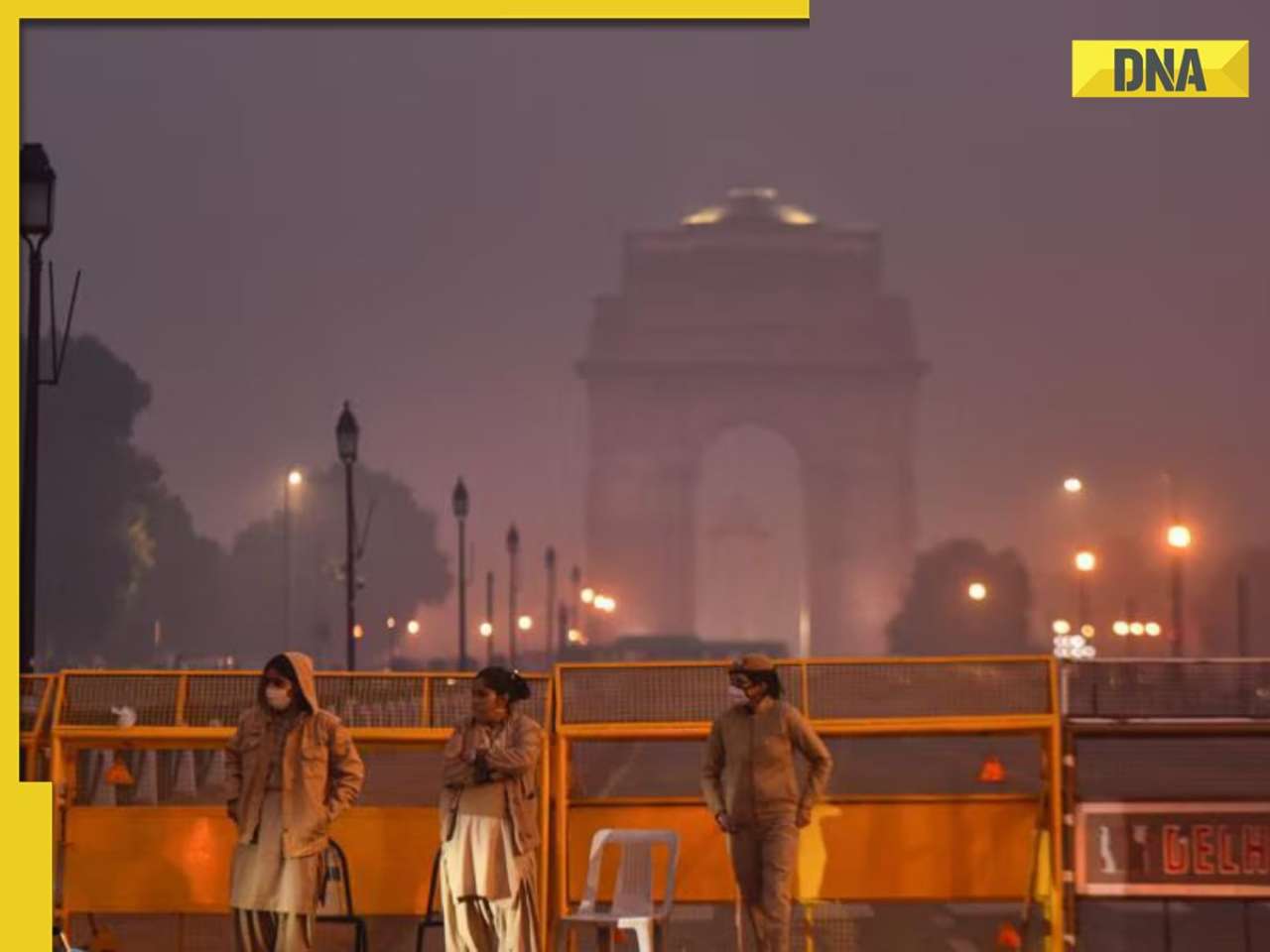- LATEST
- WEBSTORY
- TRENDING
ANALYSIS
From the Indo-US nuclear deal to Kudankulam: A synopsis on nuclear energy
Despite nuclear energy making up a significant portion of recent national and international news, there is much confusion about even its basics. Here's what you need to know about it.
TRENDING NOW
Nuclear energy has been in the news a lot in recent years, from Iran’s alleged nuclear weapons programme, India’s agreements with the United States, the International Atomic Energy Agency (IAEA), and the Nuclear Suppliers Group (NSG), Fukushima, and at home, Kudankulam. Yet there is much fear, confusion, and ignorance about even the basics of nuclear energy or weapons. Here is a very quick primer on how ₹8,500 crores of your money is being spent.
1. What is nuclear energy?
All power plants other than solar essentially turn turbines to generate mechanical energy, which can then be converted into electricity. Hydroelectric power uses the kinetic energy of falling and/or running water, wind power uses air currents, and fossil fuels generate steam upon burning, which turns the turbines. Nuclear energy uses the energy released by the fission of an actinide, usually uranium (but plutonium and thorium are also considered nuclear fuels), to turn water into steam which would in turn rotate the turbines to produce mechanical energy and eventually electricity.
2. How does a nuclear power plant work?
This depends on the type of reactor design, but essentially, the nuclear fuel is bombarded by a stream of neutrons. As the heavy uranium atom splits, it releases energy and more neutrons. This starts a chain reaction as the new neutrons split more fuel atoms. In a nuclear weapon, designers maximise the number of fissions by using very pure uranium and other techniques, but in a nuclear reactor, the idea is to control the chain reaction and sustain it. To that end, engineers use moderators and neutron poisons to control the number of fissions that occur. Also, the fuel used is a fraction of the purity required to make weapons. However, reactors used for propulsion, such as on submarines and aircraft carriers, use much higher concentrations of fuel. This helps to miniaturise the reactor as more energy is generated per unit mass of fuel.
In some reactors, the heat from the energy released by fission is carried away from the reactor core by a coolant and used to generate steam; in other reactor designs, the core heats the water directly. Both these methods have their advantages and disadvantages, but the principles remain the same in all reactors.
3. Why is everyone talking about nuclear energy as the future?
In the era of climate change, scientists are worried about the footprint humans leave on the planet’s ecosystem. Species go extinct, water is contaminated, air polluted, fish become scarcer, and the population inches ever upwards. Though there are still many questions regarding the causes of climate change, the impact of pollution on our lives is clear to see. Nuclear power offers abundant energy without the corresponding carbon emissions fossil fuels emit.
Power engineers divide electricity supply into two main components – base load and peak load; the former refers to the minimum amount of energy consumed at any point by an area and the latter refers to the maximum. Obviously, these needs fluctuate depending upon time of day and region – for instance, industrial areas use more power than residential zones. Nuclear power is the most reliable substitute for fossil fuels to provide steady power in large quantities throughout the day. While other sources can augment nuclear power, they have their inherent limitations such as the sun and wind.
Another important quality of nuclear power is the energy density of uranium, which is about two million times higher than coal. Even after adjusting for fuel enrichment, efficiency, and conversion loss, one kilogramme of uranium yields the same amount of energy as 20 tonnes of coal. This makes uranium ideal for transportation. In addition, given the fraction of the total cost of a nuclear power plant the fuel represents, even sharp fluctuations will leave electricity prices relatively unaffected.
4. Are nuclear power plants safe?
Any professional in any industry would tell you that risk cannot be eliminated, only managed. So if your definition of safe is that nothing ever goes wrong, then nothing is safe. However, in terms of engineering standards, nuclear power is among the safest technologies in the world. Nuclear power is responsible for approximately 10% of the world’s energy and as of the beginning of this year, there are 437 reactors operational worldwide with another 68 under construction.
Anti-nuclear activists argue that the consequences of radiation leaks or structural damage to reactors for any reason are too grave to make nuclear power viable. Furthermore, storage of spent fuel is a concern. While this is technically true, it carries little weight practically. For example, deaths caused by nuclear power since the first civilian nuclear reactor went online in 1954, including Chernobyl, are approximately 67; about 4,000 people were later diagnosed with thyroid cancer due to radioactive iodine in milk, most of whom could be cured.
If these deaths are compared to the thousands that die on the job every year due to accidents in coal mining, natural gas, and hydroelectric power plants, nuclear power turns out to be the safest option. This is not even counting the 115,000 premature deaths per year in India alone due to respiratory problems caused by coal; over 22,000 die in Europe, and almost 84,000 in just three provinces of China.
5. What are the benefits?
Nuclear power releases very little particulate matter emission and the fuel is amenable to easy transportation. In addition, nuclear power promises reliable and bountiful energy for centuries given new generation reactors that are capable of greater efficiency and able to consume plutonium, thorium, and even other actinides. Nuclear power does not take up precious land resources as wind and solar would need.
6. What does it cost?
The honest answer is that no one knows or everyone is lying. Nuclear costing is an extremely frustrating topic of research. First, it depends upon the type of reactor. Present reactors such as Toshiba-Westinghouse’s AP1000 or Areva’s European Pressurised Reactor range in cost from $4 billion to $11 billion. These costs depend on many factors – cost of land, source of components, insurance, labour, administrative delays, safety features required by site, security, load factor, waste disposal, and decommissioning, to name a few.
Costs are further obfuscated by financial sourcing; there may be government subsidies to encourage the industry, or certain imports may earn tax credits. It is a time-consuming task to go through every detail of an upcoming nuclear power plant. Some try to add financial costs, operating costs, and system costs – connection to grid, life extension, and backup power – to inflate prices to appear unacceptable. Whatever benchmarks are used, they should be used across industries – compare the environmental and health effects of coal, oil, wind, solar, and hydropower alongside nuclear waste disposal. One thing that is apparent, however, is that nuclear power plants have enormous capital costs upfront and low operating, maintenance, and fuel costs.
India has the added deterrent to transparency that all information about anything nuclear is a “born secret.”
7. What was the fuss over the Indo-US nuclear deal about?
India had been a pariah in the nuclear community ever since its first nuclear test at Pokhran in 1974. Its second round of tests in 1998 brought with them sanctions in high technology trade, educational exchanges, and various other activities. The Indo-US nuclear deal reversed four decades of nuclear apartheid against India and accepted it into the international nuclear market. Finally, India was allowed to buy reactors and fuel from other countries. Although the possibility of technology transfer exists, particularly enrichment and reprocessing, it remains a highly sensitive issue.
In exchange for this, India had to agree to separate its civilian facilities from its military facilities and allow regular inspection of its civilian establishment by the IAEA. India can enrich and reprocess its own fuel in its own reactors, but foreign-sourced fuel and technology may not be used.
India is the only non-signatory of the Nuclear Proliferation Treaty (NPT) that has been granted these privileges, making it, some say, a de facto member of the N-5 (five recognised nuclear powers). However, the US has stressed that India is not a de jure member and that is all that matters. In addition, the N-5 have certain benefits that India does not have: they have no compulsion to allow IAEA inspections, and they can change the designation of their nuclear facilities as military and civilian at any time.
8. I have heard something about nuclear civil liability...?
Any venture requires insurance. India’s Civil Liability for Nuclear Damages Act creates the framework within which nuclear power plants may be operated. India’s rules on this deviate from the international norm in that India allows the liability for damages to go all the way back to the supplier whereas the operator is usually the final stop. This has caused much concern among international reactor suppliers such as Toshiba-Westinghouse, GE-Hitachi, Areva, and Atomstroyexport. As a result, the fruits expected from the opening of the civilian nuclear market to India have not been as forthcoming.
There are other issues with the CLNDA, one of which is the high insurance liability limit upon the operator. Given the minuscule size of the nuclear industry in India, there is an insufficient asset base to pool risk. As a result, the present ₹500 crore limit, though on the lower side, is too high for a fledgling industry.
9. People keep mentioning Homi Bhabha’s three-stage nuclear programme...?
India’s first nuclear footsteps were taken even before independence in 1944 when Homi Bhabha wrote to JRD Tata for funds to set up what would become the Tata Institute of Fundamental Research. Seeing that India did not have an abundant supply of uranium, Bhabha theorised that thorium could be used as nuclear fuel instead of uranium. India had plenty of thorium and would thus be independent of the vagaries of international nuclear politics.
In the first stage, natural uranium (U-238) would be burned with heavy water as a moderator. One of the by-products of this process would be plutonium, which would be used in the second stage in a mixed oxide fuel (MOX) mixture with more natural uranium. In this stage, the plutonium is burned to induce transmutation in the natural uranium to make more plutonium than is burned. Once a sufficient stock of plutonium is created, thorium can be introduced into the reactor as a blanket to undergo transmutation into U-233, another fissile isotope of uranium. In the third stage, the reactor would be fuelled by a mix of thorium and U-233. After the initial fuel loading, the reactor can then continue on only thorium.
There are some scientific disputes over how long it will take for India to build up a sufficient plutonium inventory. While the Department of Atomic Energy (DAE) is confident that it can be achieved in about ten years, critics say it is more likely to take 70. US scientists agree with the DAE’s estimates if certain fuel choices are made and technologies used, but given India’s inefficient nuclear infrastructure, a decade might be on the optimistic side.
Thorium reactors are significantly safer than present reactors. They burn fuel more efficiently and generate less waste, are useless as sources of fissile materials for a weapons programme, and the waste generated is far less radioactive and for less time.
10. What happened at Chernobyl, Fukushima, and Three Mile Island?
The Three Mile Island incident happened in 1979. In essence, a mechanical failure of a valve allowed large amounts of coolant to escape from the reactor. As a result, the reactor overheated and a partial meltdown occurred. No cancer has been detected in the surrounding population as a result of the accident, and 98% of the people in the area were confident enough to return to their homes within three weeks of the accident. One of the reactors at the two-reactor complex is still functioning.
The Chernobyl disaster occurred in 1986. Everything that could go wrong went wrong at the worst nuclear disaster in history. First, the RBMK reactor had no containment building to prevent radiation from leaking in case of an accident; second, the reactor design was inherently unstable – while reactors are usually designed with a negative temperature coefficient (as coolant overheats, power output falls and reactor cools), the RBMK was designed to do the opposite; third, the backup cooling system was offline that fateful day for maintenance; four, more control rods (which manage the amount of neutrons and fission activity in the reactor) were removed than was allowed; and five, the main cooling system was switched off for an unauthorised steam turbine test.
The Fukushima Daiichi disaster took place in 2011. The six-reactor complex was hit first by an earthquake and then a tsunami caused by the aftershock. Three reactors were powered down, and the remaining three shut down as soon as the earthquake hit. Unfortunately, the tsunami flooded the facilities and damaged the generators responsible for the cooling systems. The reactors overheated and several hydrogen explosions took place. It was later revealed that a study on tsunami preparation done four years earlier had been ignored as unrealistic. While some 19,000 people died in the earthquake and subsequent tsunami, no one has yet died of radiation effects from the accident.
These are the three worst nuclear disasters in its 60-year history, all resulting in significant upgrades in the nuclear industry. In all cases, the damage was significant but not catastrophic; importantly, they all follow the trajectory of every other human invention – improved efficiency, capacity, and safety. Imagine if the Wright brothers given up on flying because it was too dangerous! Nuclear power may not be without risks, but if Three Mile Island, Chernobyl, and Fukushima are the worst examples, there is much less to worry about with the increasing safety standards and even safer technology.
A point to note: reactors do not blow up; the physics simply does not allow for it.
11. Why is there so much agitation over Kudankulam?
If one has to fear nuclear power in India, it must be over the opacity of the programme than the technology or its management. And ignorance breeds fear. What is needed is far greater transparency of the entire civilian nuclear process. Interested and knowledgeable parties may keep vigil over the country’s nuclear facilities and act as an additional watchdog over the DAE. India’s nuclear industry has so far failed spectacularly to take the citizen into confidence and reassure him/her of the benefits of nuclear power and the safety precautions taken.
The absence of an independent nuclear regulatory authority gives little cause for comfort, and the findings of the Comptroller and Auditor General (CAG) of India’s report last year is no bearer of good news either. Given how government bureaucracies work in India, there can be little surprise that there is a lot of suspicion about the claims made by the Nuclear Power Corporation of India. Interestingly, the IAEA’s audit of India’s nuclear facilities in Rajasthan last year declared that India’s reactors were among the “safest and the best” in the world, with sound procedures the world could learn from.
12. What can I read for more information?
Depends. There are many angles to this – history, policy, reactor design, safety, environmental issues, terrorism, new generation fuels and designs, general awareness, and slightly off but still related, weapons. One place to get the basics is here.
Jaideep spends most of his time avoiding work; when not married to his books, he likes to cook, sail, and scuba. A great admirer of Hatshepsut, Jaideep refuses to live in the 21st century. He grew up in the Middle East and Europe. When forced into wage slavery, he is a doctoral student in History at Vanderbilt University. He tweets at @orsoraggiante.
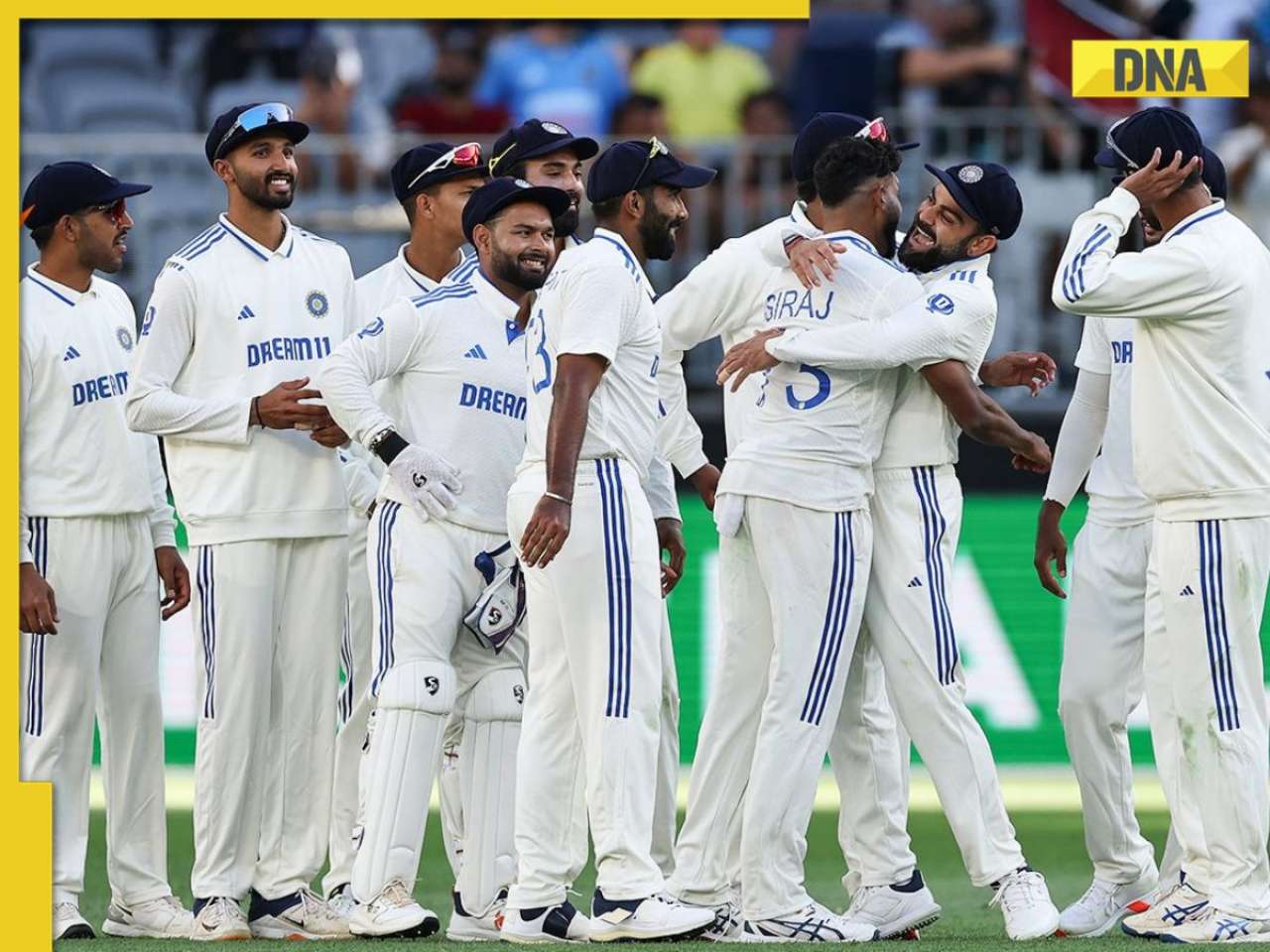

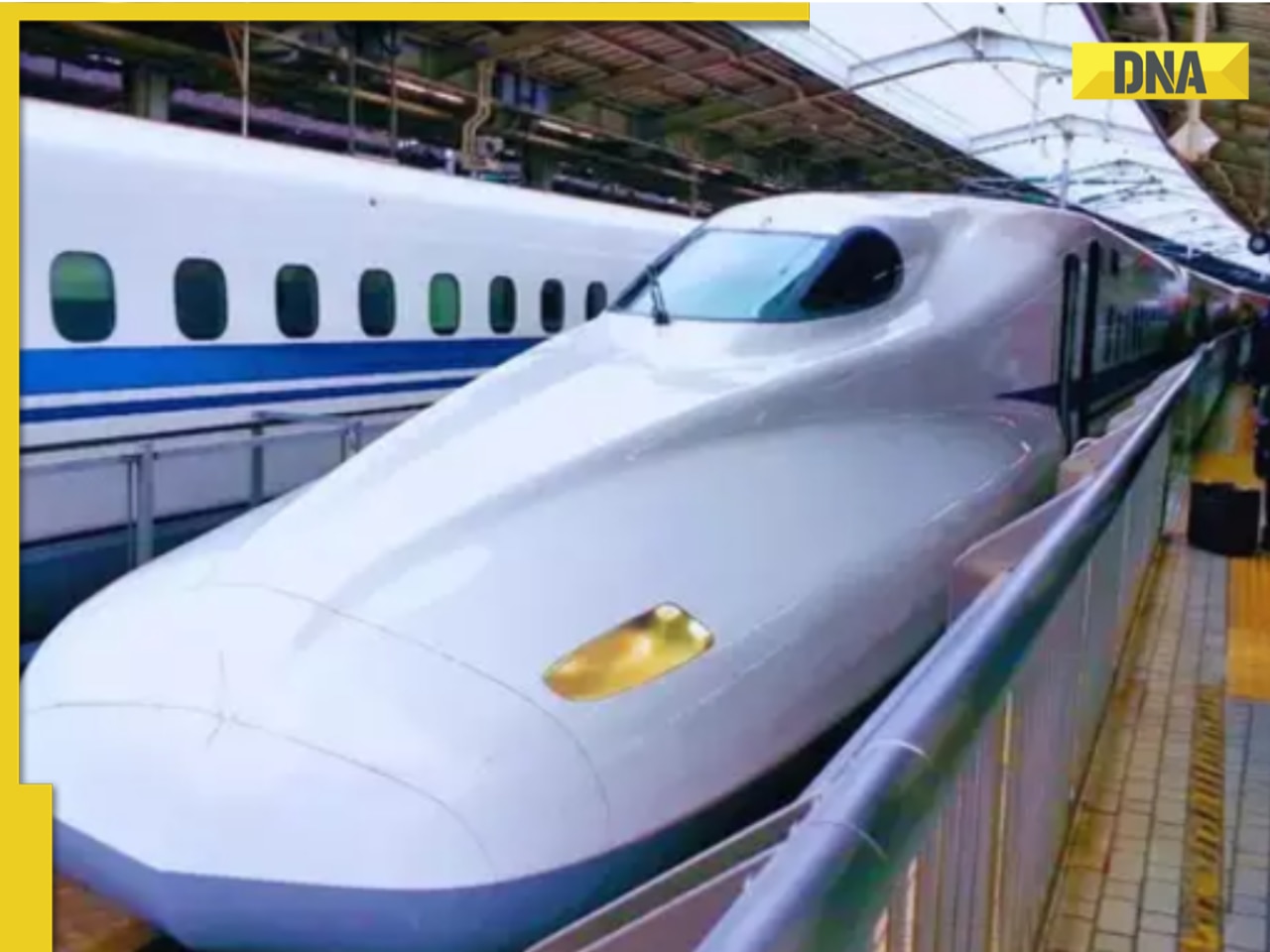


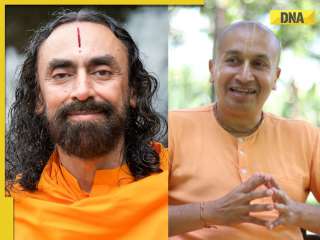

)
)
)
)
)
)
)
)
)
)
)
)
)
)
)
)





